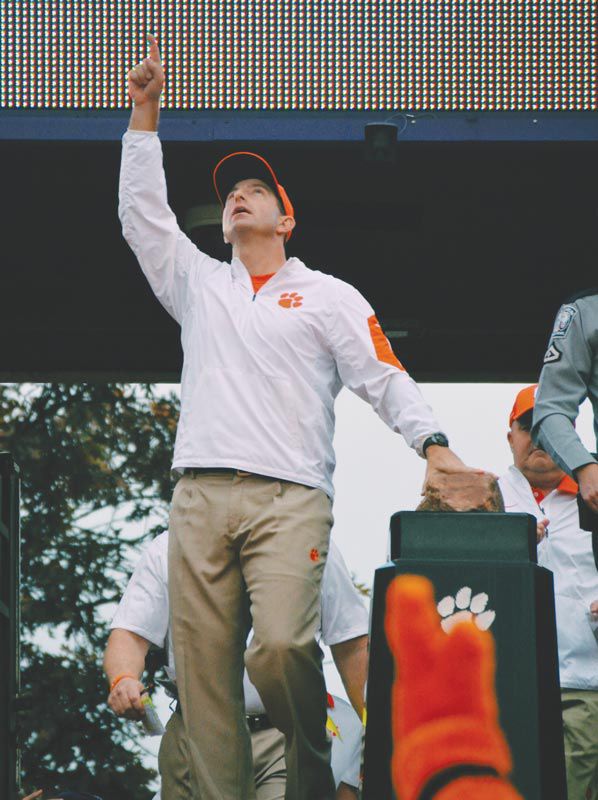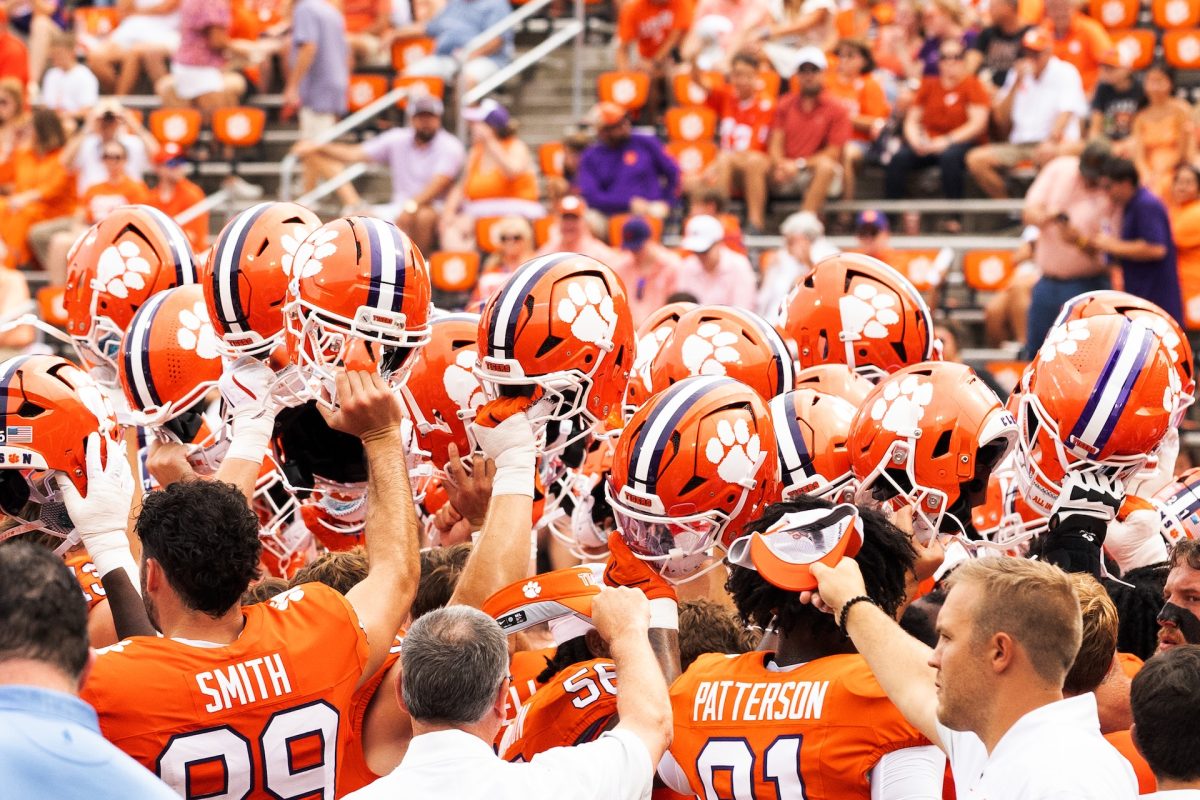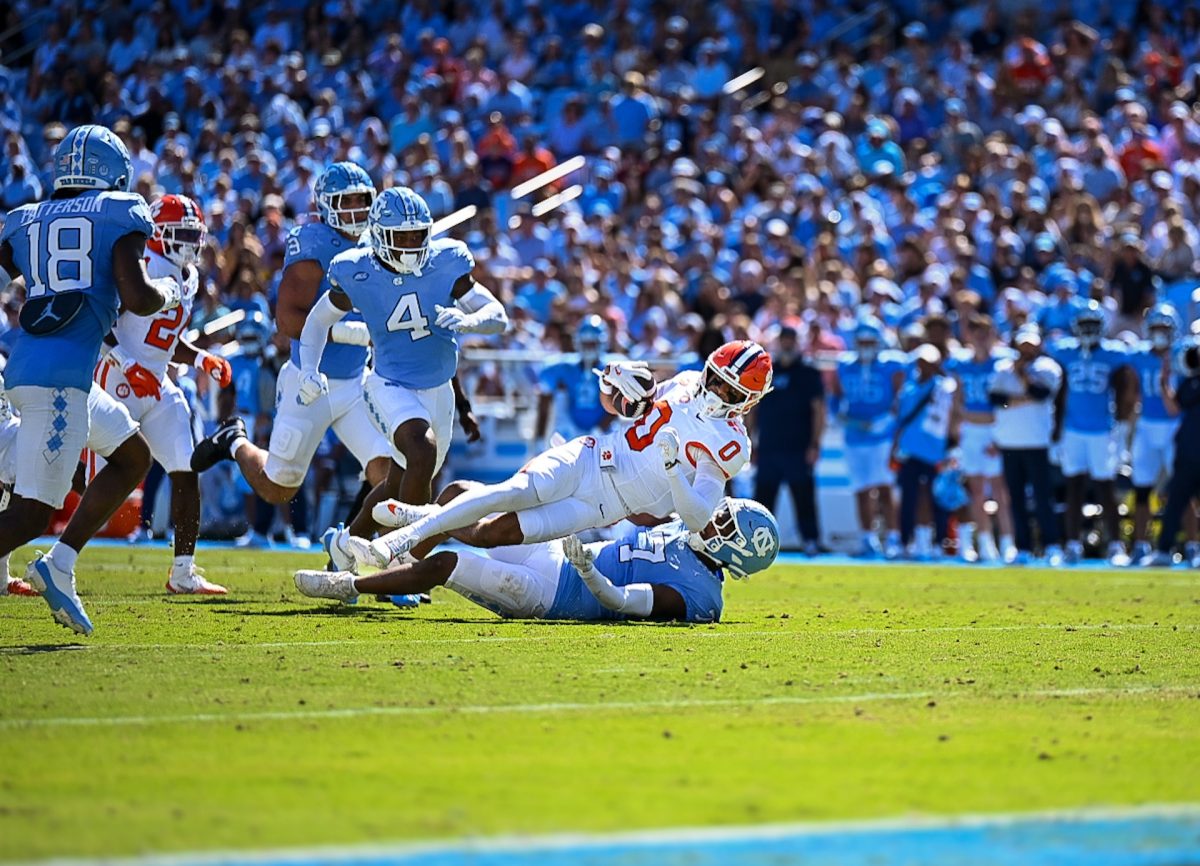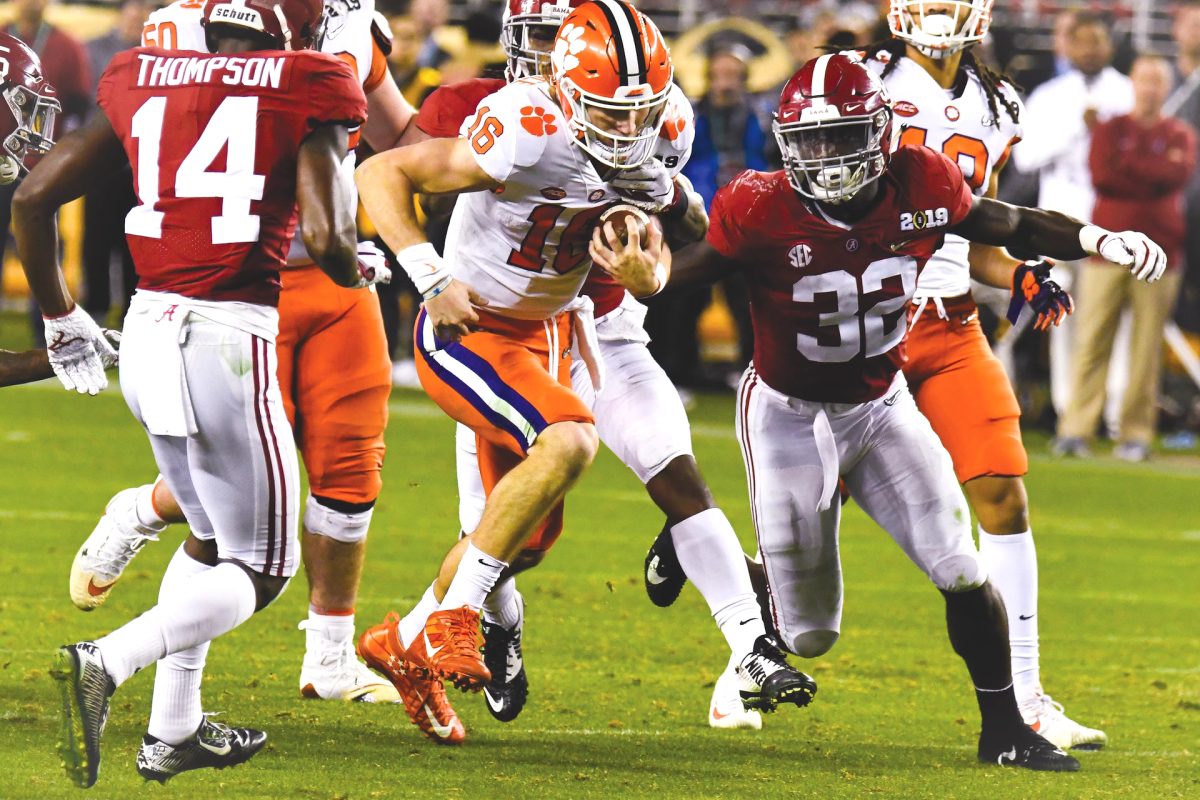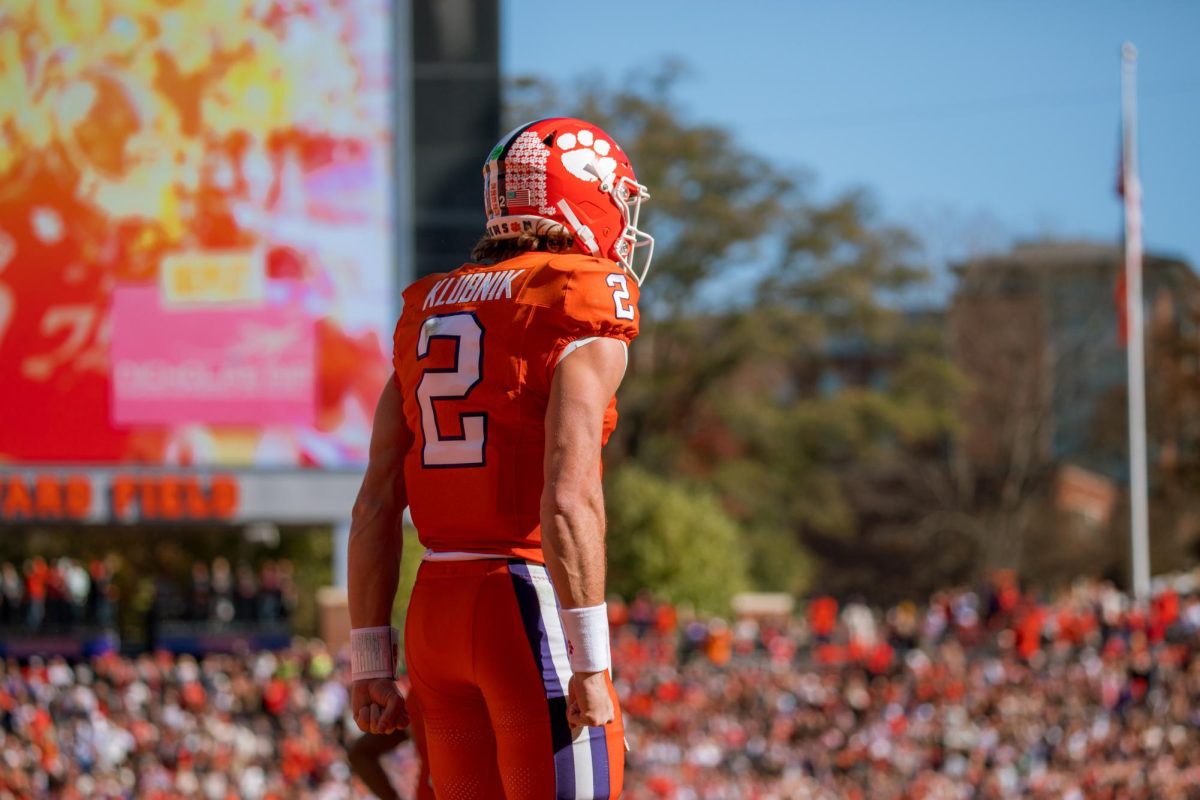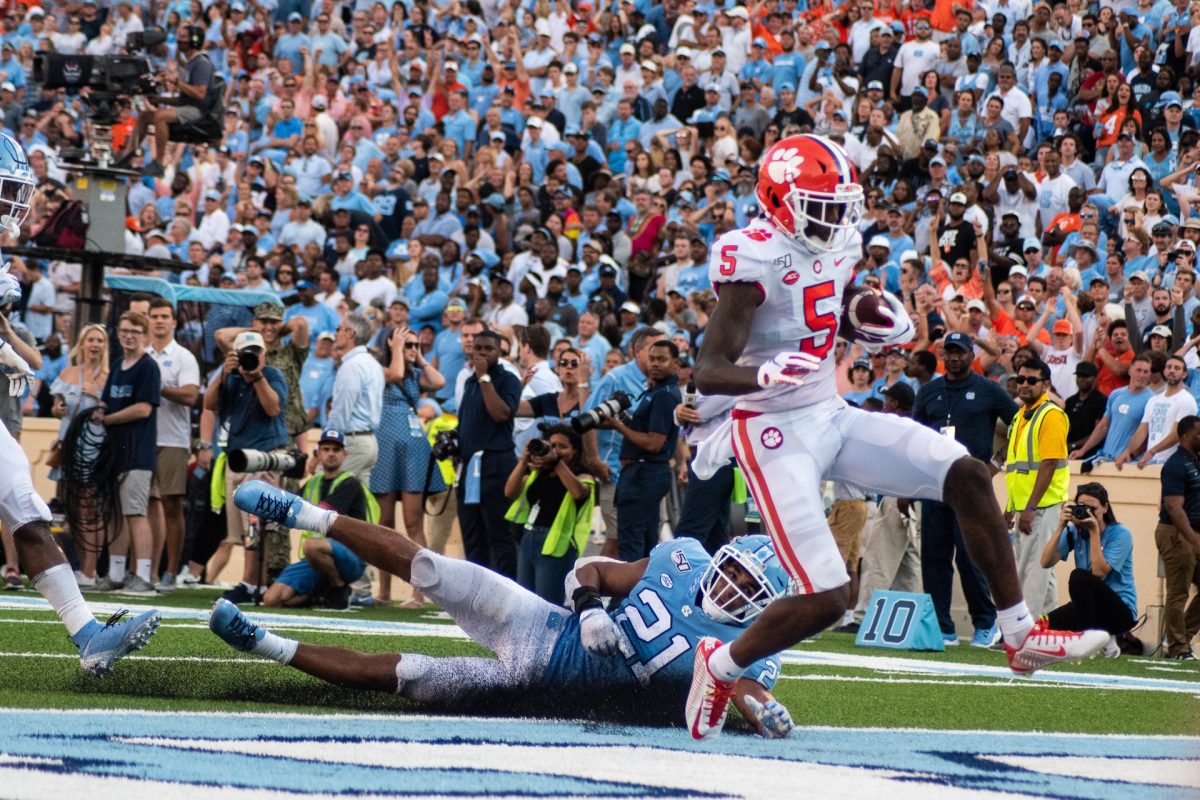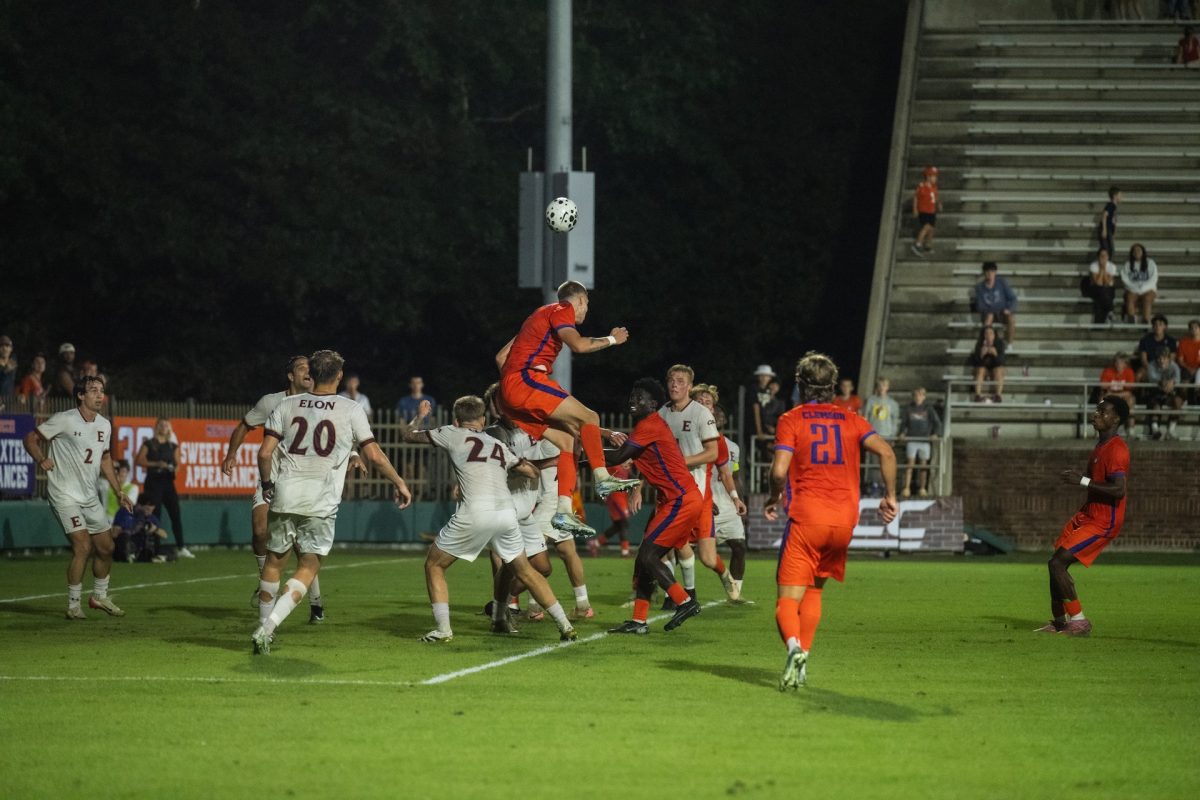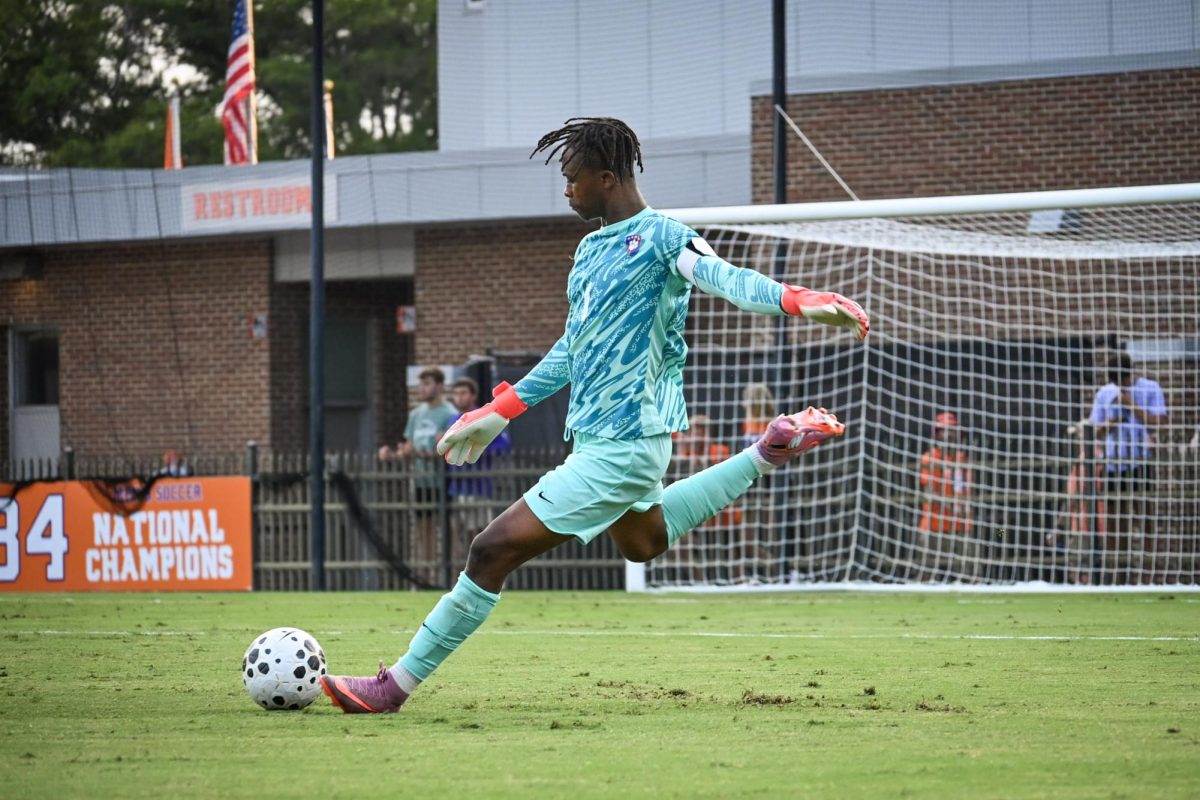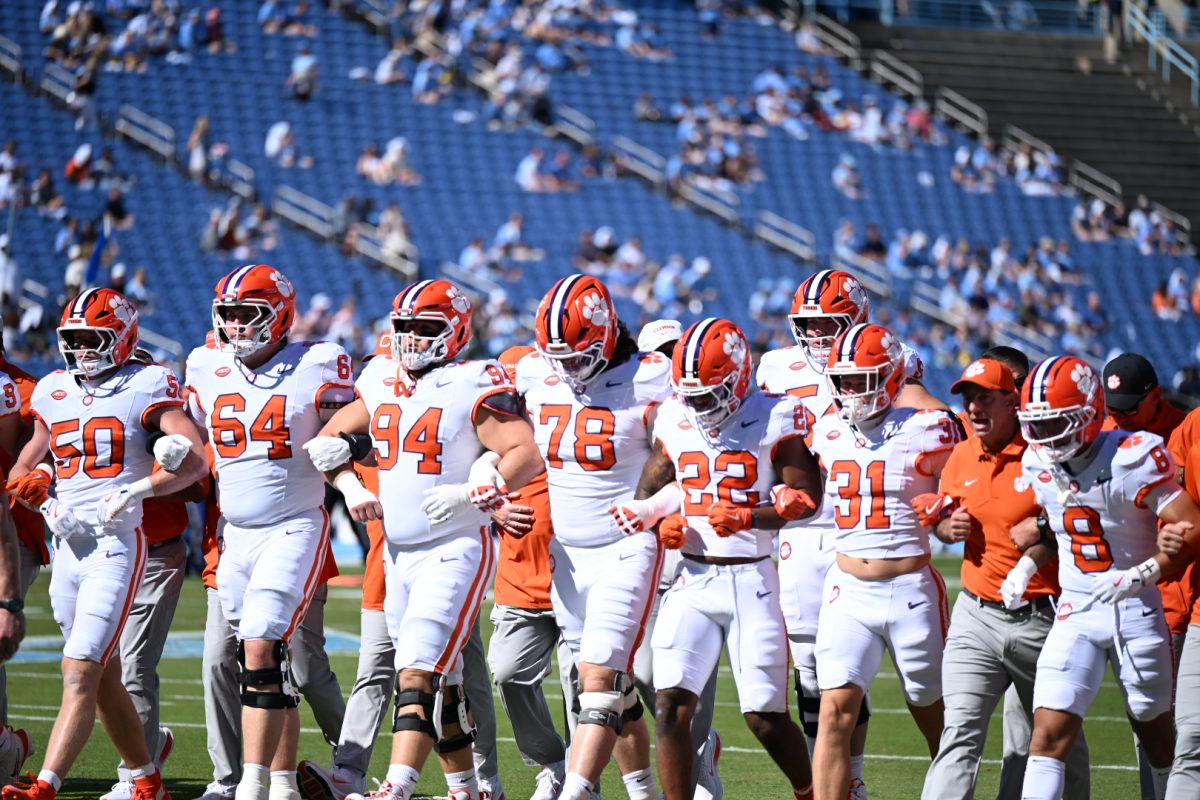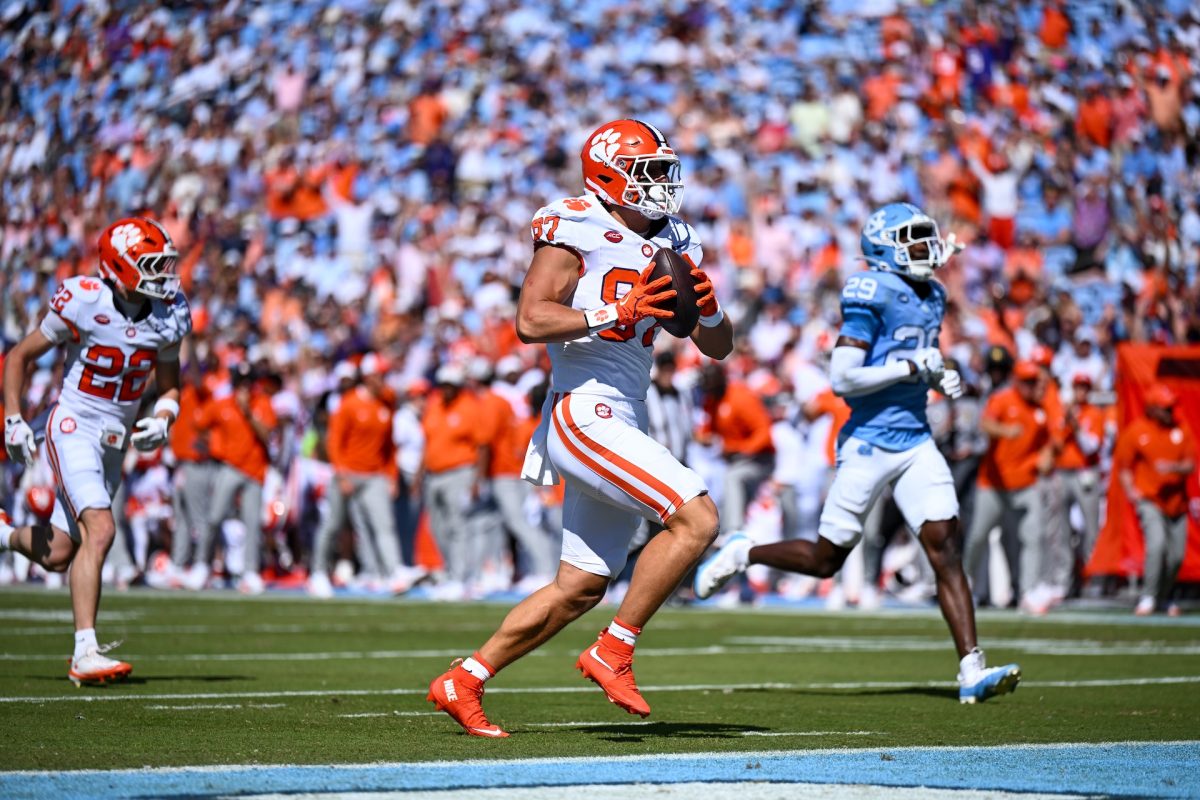It’s older than Dabo Swinney, tougher than a Brett Venables defense, and iconic as Bowman Field. Howard’s Rock–that majestic mineral, the cornerstone of Memorial Stadium–is celebrating its 50th birthday this football season. For decades, the rock has overlooked Memorial Stadium and felt the touch of many Clemson legends who have run past it. It remains the focal element of the most exciting 25 seconds in college football, and if the sands of time and winds of change will allow, it will continue to be a Clemson tradition for years to come.
Howard’s Rock, known then as just, well, a regular ol’ rock, was first brought to Clemson in the 1960s by Samuel C. Jones from Death Valley, California as a souvenir for Coach Frank Howard. Howard, perhaps a little surprised by the gift, was unsure of what to do with the large stone beyond using it as a doorstop. The rock would remain on the floor of his office in Fike for a year or two before Coach Howard decided that it had worn out its welcome. The rock was given to IPTAY executive Gene Willimon, who was then instucted to “take the rock and throw it over the fence, or out in the ditch… do something with it, but get it out of my office.” It appeared that the rock would no longer be.
But it was then that Willimon decided to take the rock, rush it down to the field and touch down in the east end zone, where the rock was placed upon a pedestal atop the hill. The rock saw its first game on September 24th, 1966 against Virginia. With seventeen minutes to go in the game, the Tigers saw themselves in an 18-point deficit, but the magic of the rock pushed Frank Howard’s team to a 40-35 victory at the end.
At the start of the following season, Coach Howard recognized the powers within the rock. Before the season opener against Wake Forest, he told his players “if you’re going to give me 110 percent, you can rub that rock, [or else] keep your filthy hands off it.” Thus, began the tradition of football players rubbing Howard’s Rock for good luck. The Tigers prevailed in their first game after rubbing the rock with a score of 23-6, and the stone’s charm seemed too good to deny.
Supposedly.
Enter Frank Howard’s successor at the helm, Hootie Ingram. While Ingram deserves praise for introducing the tiger paw logo that Clemson still uses today, he made a mistake that would be unforgivable today. Beginning in 1970, the football team began entering from the west end zone, leaving Howard’s Rock lonely and without affection on game days. The team posted a paltry 6-9 record at home over the next two seasons, after the rock’s magic received no summon. It wasn’t until a frigid November day in 1972 that the Tigers ran down the hill again. With the natural order of the college football universe restored, Hootie Ingram’s team fought off the rival Gamecocks for a 7-6 victory. The rock’s magic power had returned.
Several decades, several coaching changes, and one national title later, Howard’s Rock and its mysterious magic still overlooks Death Valley and brings good luck on game days. Muggles and naysayers can doubt its power as they will, but the Rock isn’t going anywhere anytime soon.
So here’s to that stone of strength, that super-powered slab that has blessed generations of Tiger teams for years to come. May the tradition continue for 50 years more.



